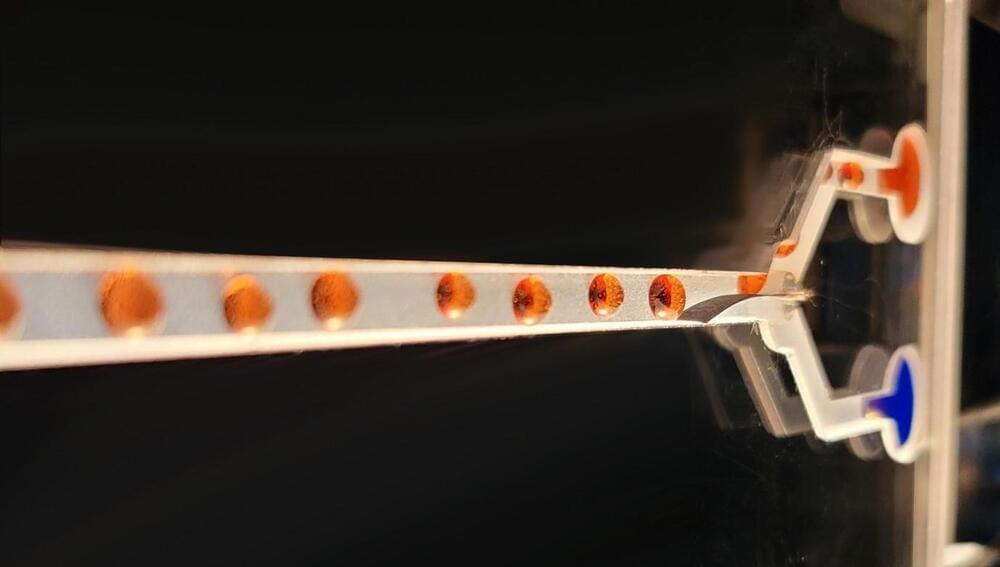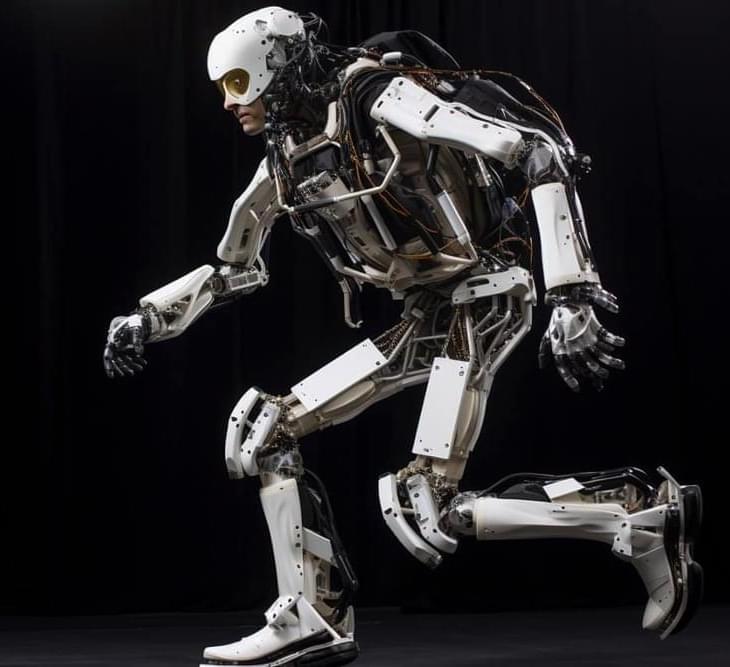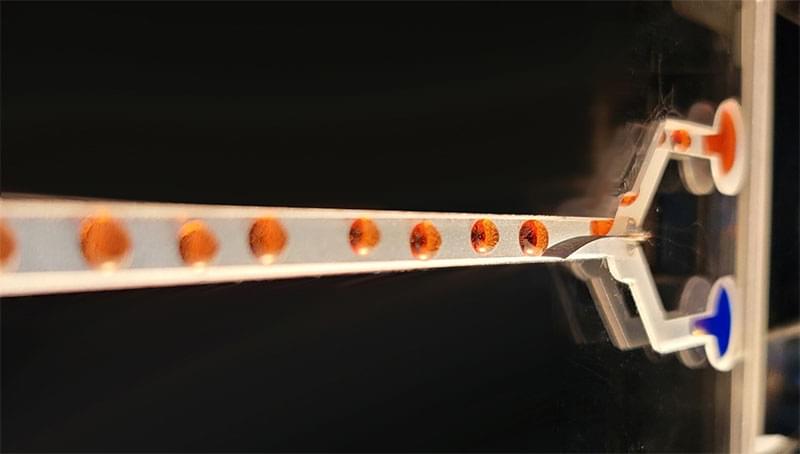By Chuck Brooks
Computing paradigms as we know them will exponentially change when artificial intelligence is combined with classical, biological, chemical, and quantum computing. Artificial intelligence might guide and enhance quantum computing, run in a 5G or 6G environment, facilitate the Internet of Things, and stimulate materials science, biotech, genomics, and the metaverse.
Computers that can execute more than a quadrillion calculations per second should be available within the next ten years. We will also rely on clever computing software solutions to automate knowledge labor. Artificial intelligence technologies that improve cognitive performance across all envisioned industry verticals will support our future computing.
Advanced computing has a fascinating and mind-blowing future. It will include computers that can communicate via lightwave transmission, function as a human-machine interface, and self-assemble and teach themselves thanks to artificial intelligence. One day, computers might have sentience.







